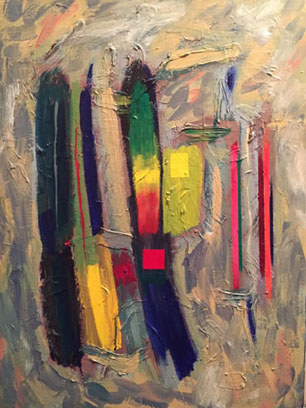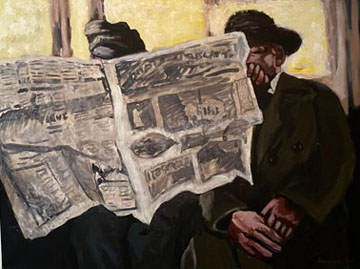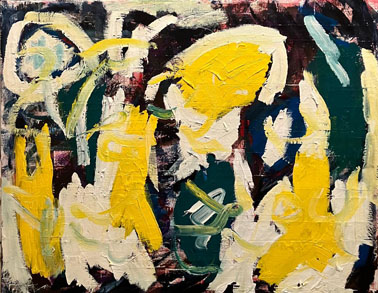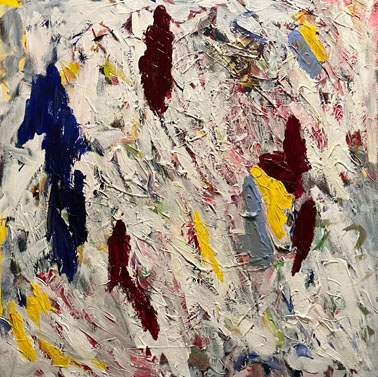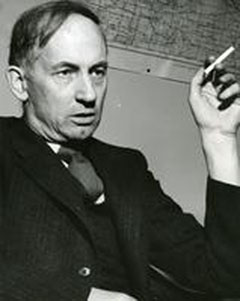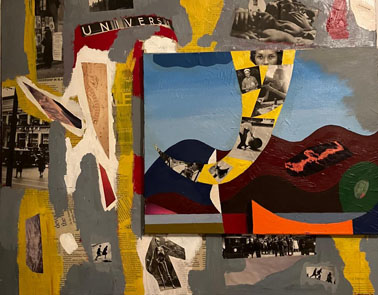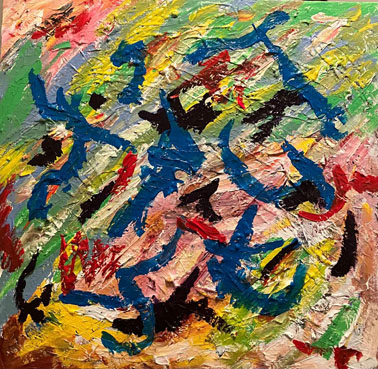Manir Singh on “Time to Rethink the Idea of the ‘Indigenous’” (and how this relates to Southern Ontario and “Canada” today)?
Mar 13th, 2023 | By Randall White | Category: In BriefNORTH AMERICAN NOTEBOOK. RANDALL WHITE, FERNWOOD PARK, TORONTO, SUNDAY, MARCH 12, 2023. This weekend we’ve been hearing that several more days of serious rainstorms are expected in the county exurbs “approximately 25 miles (40 km) northeast of Sacramento,” capital city of the Golden State of California.
(While in the heights around Lake Tahoe residents are said to be waking up in houses almost encased in snow! And then there’s the latest more local news on climate change in “Nearly half of young Canadians think humanity is totally doomed.”)
In the midst of our own recurrent and possibly somewhat un-seasonal snowstorms (certainly annoying, but it is Canada, etc), reports of this sort can temporarily put you into a kind of damn-it-we-gotta-get-serious-about-what’s-going-on frame of mind.
And in this spirit I am emboldened to say a few (possibly risky?) words of support for Manir Singh’s piece in the February 27, 2023 New Yorker : “It’s Time to Rethink the Idea of the ‘Indigenous’ … Many groups who identify as Indigenous don’t claim to be first peoples; many who did come first don’t claim to be Indigenous. Can the concept escape its colonial past?”
Manir Singh’s argument on time to rethink
Mr. Singh reports that : “Today, nearly half a billion people qualify as Indigenous. If they were a single country, it would be the world’s third most populous, behind China and India. Exactly who counts as Indigenous, however, is far from clear …”
He goes on : “Indigeneity is a project of hope. It was crafted by enterprising activists over years of strategizing, absorbing ideas from Red Power, Third Worldism, African and Asian anti-colonialism, and the environmental movement. With it, people sought a politics of the oppressed, aiming to protect land and sovereignty, to turn “backward” natives into respected stewards …”
Manir Singh starts his conclusion with : “Although the temptation is to fault the brokers of indigeneity—the N.G.O.s, politicians, academics, and urban activists who have promoted its ever-widening application — the resurrection of primitiveness is just as much a testament to the stickiness of a trope.”
And then finally, in his last few sentences Mr. Singh summarizes his argument : “The idea of the primordial savage is appealing. A symbol of everything modernity is not, it serves as a foil for decrying civilization’s corruption or for celebrating its achievements. But we cannot escape the colonial inheritance when we insist on summoning its ghosts.”
The confusing distinction between “Indigenous” and “Settler” in Southern Ontario
I have just two things I want to say quickly on what I (along with at least some others!) think should become the subject of a much more robust public policy debate — on the great intersection between so-called Indigenous and so-called Non-Indigenous Canadians in practical policy development.
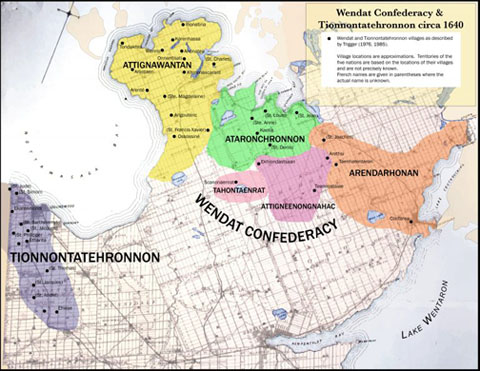
First, what does Manir Singh mean to me, where I live in Southern Ontario, when he provocatively concludes his piece with the warning that “we cannot escape the colonial inheritance when we insist on summoning its ghosts.”
My interpretation proceeds from annoyance with the crude and misleading extension of indigeneity in the distinction between Indigenous and Settler communities in (say) the modern history of today’s Canadian Province of Ontario that begins in earnest in the 16th century.
Do the in some ways quite sophisticated and certainly impressive Iroquoian Farmers of the North (to cite the subtitle of the late, great Bruce Trigger’s most succinct book on the subject) not qualify as settlers on the land between present-day Georgian Bay (on Lake Huron) and Lake Simcoe, at the time of first Indigenous-European contact — in their various palisaded villages of a few thousand people each, living in longhouses inside the walls, surrounded by corn fields?
(The corn fields outside the walls were cleared by men but largely cultivated by women, which no doubt helped give Iroquoian culture strong matriarchal elements. Corn grown by Indigenous and largely female farmers also helped feed the early multicultural and multiracial Fur Trade in Canada. that finally reached the Pacific and Arctic oceans.)
To insist on some strict distinction between Indigenous and Settler communities does just play into and out of the old colonial argument that the European settlers’ takeover of the old 17th century Indigenous agriculture in Southern Ontario (a takeover that reached its climax, so to speak, in the mid to late 19th century) was not a problem, because the Indigenous peoples were never seriously “settled” on the land … I could go on but in this short space I won’t.
The lost legacy of the multiracial Fur Trade in Canada
Second, I remain perhaps unattractively to some today a for the most part unabashed admirer of “Canada’s first and perhaps only genuine intellectual” Harold Innis, on the broader importance of Indigenous peoples in the modern history of Canada.
I will content myself here with two quotations from Innis’s great classic on The Fur Trade in Canada : An Introduction to Canadian Economic History — first published in 1930 and still in print almost a century later (and quietly studied by at least a few in new generations).
My first quotation comes at the very end of the book’s long eighth chapter on “The Northwest Company” — a Montreal-headquartered heir of the old “French and Indigenous” northern transcontinental fur trade that finally reached the Pacific Ocean, and that blossomed during the last few decades of the 18th and first few of the 19th century.
Innis’s last one sentence summary of the c. 100 pages of Chapter 8 of The Fur Trade in Canada remains striking : “The Northwest Company was the forerunner of confederation and it was built on the work of the French voyageur, the contributions of the Indian, especially the canoe, Indian corn, and pemmican, and the organizing ability of Anglo-American merchants”.
My second Chairman Innis quotation comes from the Conclusion to the whole of The Fur Trade in Canada. It is in particular the second last sentence of Part 2 of the Conclusion, on The Fur Trade itself (the first Canadian resource economy, as it were) : ”We have not yet realized that the Indian and his culture were fundamental to the growth of Canadian institutions.”
I like to think I can at least dimly see and understand why some Indigenous young people still living on one of the more than 600 reserves across the country might not currently see themselves as fellow Canadians for assorted very good reasons (that somehow do need to be addressed by fresh and constructive public policies).
But one broader step forward in this direction ought to be a better understanding of the rigorously quite important role of First Nations, and first peoples more generally, in creating what is now the independent UN member state known as Canada (itself an Iroquoian word) — a nation-building venture that made an initial very bad turn with the Indian Act of 1876, still with us today for apparently complex reasons.
To me in the 2020s we should all be talking more about the real (impressive and interesting) story of Indigenous peoples in Canada before the later 19th century wrong turn began. (As we struggle to understand the more promising sides of the real 17th and 18th century multicultural history, explored with some fresh eyes eg in Richard White’s 1991 book on The Middle Ground : Indians, Empires, and Republics in the Great Lakes Region, 1650–1815.
And by way of conclusion here I think we should also talk, for example, more about the Pontiac (“War Chief of the Ottawa”) who fought in defence of Canada (and the Montreal-based aspiring transcontinental first Canadian resource economy of the northern fur trade), in the spring, summer, and fall of 1763. Let’s raise statutes to Pontiac in our town squares (along with his successor Tecumseh, who perished in the War of 1812 when Canada had to be defended again!).
